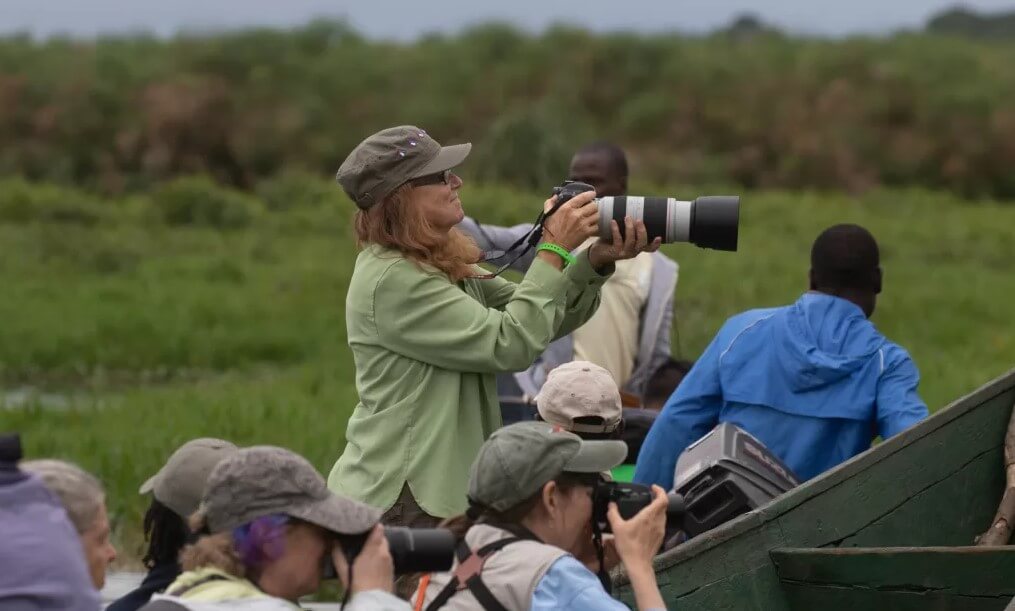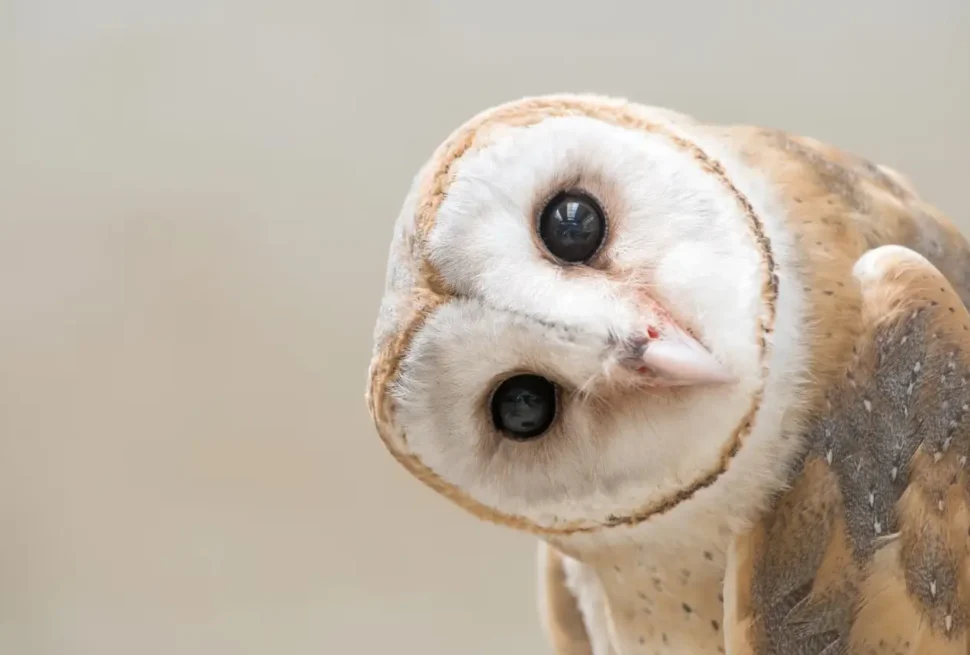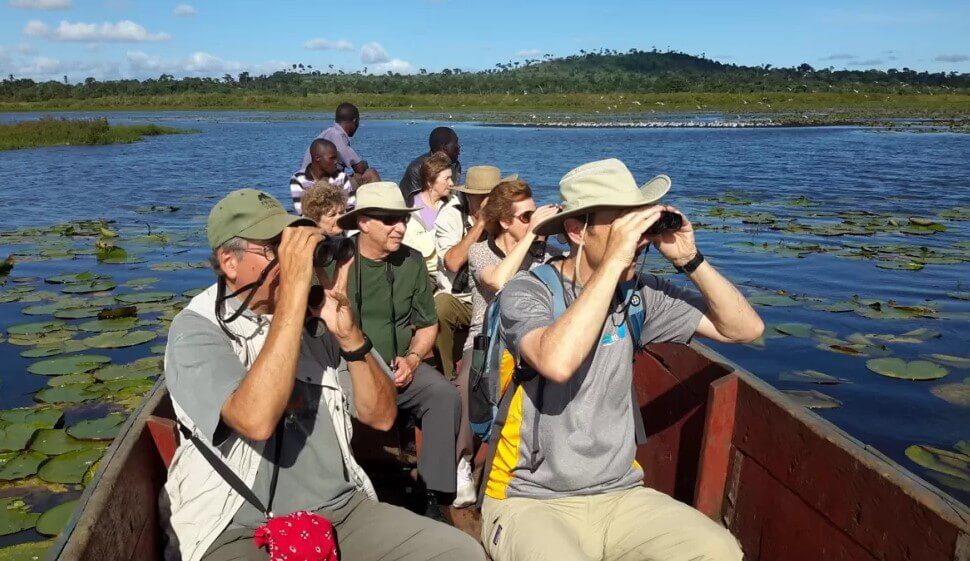The Shoebill alone draws many travelers to Uganda. But it is not the only compelling bird. Over 1,000 species call Uganda home. Knowing which ones to chase—and where—shapes deeper experiences, not checklist ticking.
Key Takeaways
- The Shoebill (Balaeniceps rex) is Uganda’s most famous bird and a prime target in wetlands like Mabamba and the Nile Delta.
- Fox’s Weaver (Ploceus spekeoides) is Uganda’s only full endemic, rare and limited in distribution.
- Albertine Rift endemics and range-restricted forest species like the Red-faced Woodland Warbler reward forest journeys in Bwindi, Mgahinga, and the Rwenzori zone.
- Wetlands, papyrus swamps, montane forests, acacia scrub each attract distinct iconic birds. Plan habitat diversity, not just quantity of parks.
- Responsible birding means respecting nesting seasons, minimizing disturbance, and ensuring local communities benefit on the ground.
The Shoebill
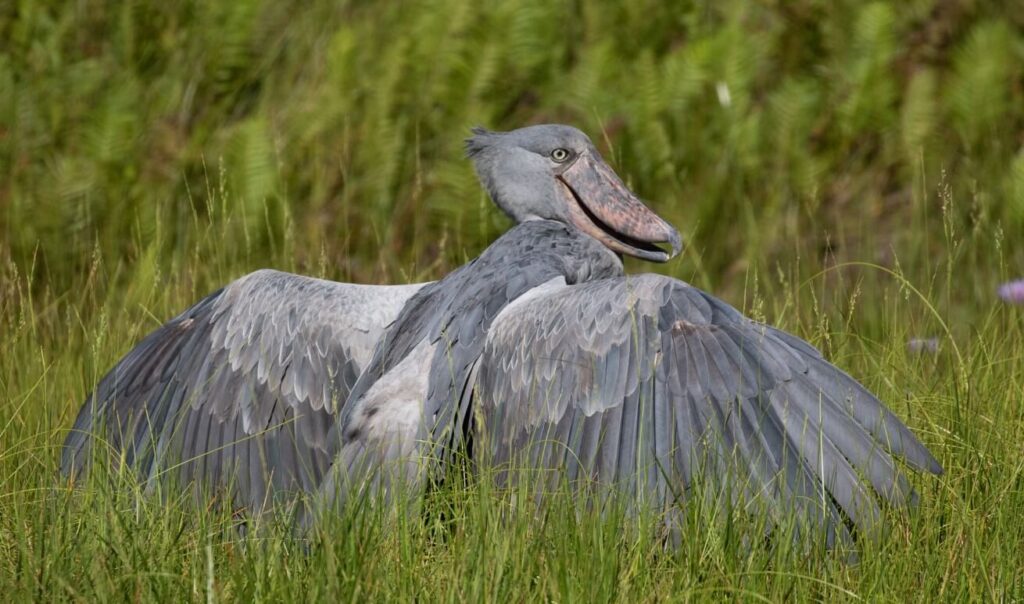
Standing over 1 m tall with a massive, shoe-shaped bill, the Shoebill is more than a weird curiosity. It symbolizes fragile wetlands.
Its existence requires vast, undisturbed papyrus swamps where lungfish and bichirs survive. Uganda offers among the best chances to see it in the wild, especially in Mabamba Swamp 12 km from Entebbe.
The Albert Delta in Murchison Falls National Park is another strong site, especially during the dry months, via boat along the Nile.
Spotting a Shoebill demands patience, quiet, early mornings, and often long waits. It is rarely perched out in full view. Over time, many birders treat it as a form of pilgrimage, not just a photogenic add-on.
Uganda’s Endemic and Near-endemic Treasures
Fox’s Weaver
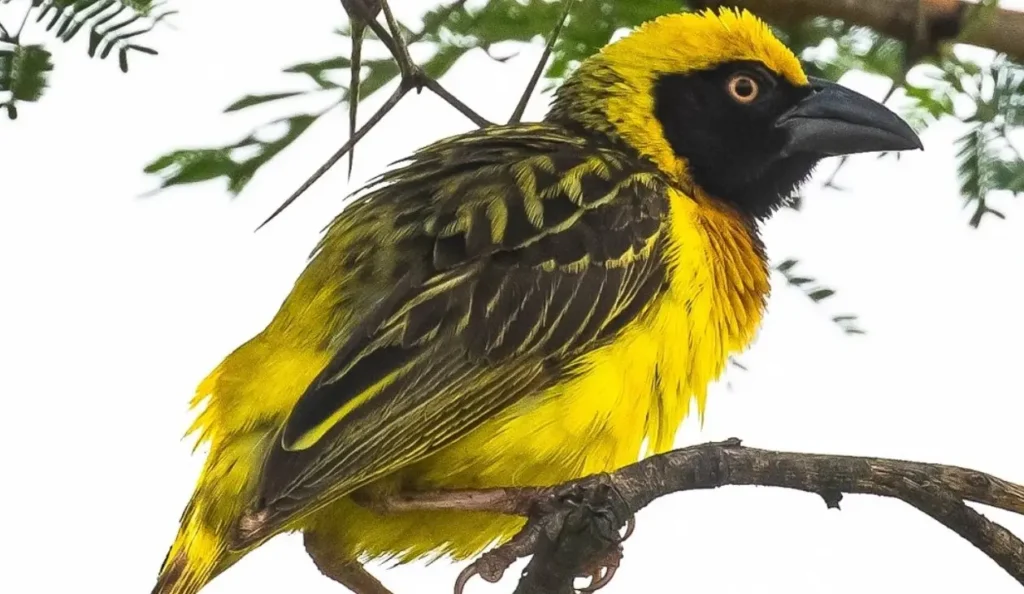
Fox’s Weaver is Uganda’s only widely accepted full endemic. Its habitats include moist savanna and flooded grassland. But habitat loss has shrunk its strongholds. Seeing it is often a tough luck game, reserved for birder insiders.
Albertine Rift Forest Gems
Uganda sits on the eastern edge of the Albertine Rift. Many species are not strictly endemic to Uganda, but Uganda is among the few places they can be observed reliably. Among these:
- Red-faced Woodland Warbler — a montane forest species tied to Albertine Rift forests.
- Rwenzori Turaco, African Green Broadbill, Grauer’s Cuckooshrike, Chapin’s Flycatcher and others are found in Bwindi, Mgahinga, Rwenzori slopes.
- Some range-restricted species that barely cross national lines are often called “local endemics” by birding guides.
If your itinerary includes forest exploration—like on a 7 Days Bwindi Birding Safari or a trip combining primates and birds—you gain access to these rarer forest dwellers.
Other Iconic Birds You Should Not Skip

- Grey Crowned Crane — Uganda’s national bird, found in wetlands and grasslands.
- Abyssinian Ground Hornbill — present in parts of northern Uganda, dramatic and terrestrial.
- Papyrus Gonolek — thrives in papyrus zones like Mabamba and other swamp margins.
- African Finfoot, Malachite Kingfisher, Shoebill, and various sunbirds and warblers make good companions on wetland and forest edges.
These species serve as habitat indicators. If you see a papyrus specialist, you know the swamp is intact. If forest understorey warblers show, the habitat is still functioning.
Habitats, Season & Logistics
1. Spread Your Habitat Types
If your birding trip stays in savanna parks only, you’ll miss forest and wetland specialists. For maximum payoff:
- Include papyrus swamp zones (Mabamba, Nile Delta)
- Add forest hikes in Bwindi, Mgahinga
- Combine wetlands in Queen Elizabeth, Semuliki reserves
- If you can, slide into Karamoja for scrub and acacia species
2. Time of Day and Season
Early mornings and late afternoons bring many species into view. Migratory arrivals between November and April increase list length. For forest specialists, the wetter months keep leaves lush but make trails muddy.
3. The Ethics of Chasing
Don’t rush nest searches. Don’t push off-trail in fragile undergrowth. Use local guides. Ask beforehand whether guiding fees or community payments reach those protecting habitats.
We at Dust & Echo strive to build itineraries where your presence supports conservation, not just spectacle.
FAQs
Which bird is the must-see in Uganda?
For many, the Shoebill is the top target. But for specialists, species like Fox’s Weaver and Albertine Rift endemics carry deeper meaning.
Can I see endemic birds on a standard wildlife safari?
Some, yes—especially if your safari grazes forest zones or wetland edges. But full forest endemics usually require dedicated birding legs.
How difficult are sightings of Fox’s Weaver or Albertine Rift species?
Quite difficult. These species are localized and secretive. You’ll need guides who know microhabitats, plus patience and sometimes luck.
When is best time for birding in Uganda?
November to April is excellent for migratory species. But forest species may be active year-round. Wet seasons bring challenges on trails.
Will birding tours benefit local conservation?
They can, if structured right. Choose operators that pay local guides, route funds to communities, and avoid over-pressuring fragile habitats.
If you’d like help designing a birding itinerary treated as more than “tick list,” send me ideas.
When you are ready, feel free to request a quote and we’ll help you build a trip tuned to Uganda’s birds and deeper stories.

